The war between Nazi Germany and the Soviet Union in World War II is noted for the enormity of the conflict. Scholars and historians seek precise statistics to understand what happened, and the descriptive term “fog of war” is a convenient but good concept to understand why precision is often elusive. However, what is beyond dispute is that the massive numbers involved in the Nazi-Soviet conflict simply tower over comparable theaters in World War II, or any other conflict for that matter. As examples, more than 3.5 million German and German-allied troops were involved in Operation Barbarossa, the invasion of the Soviet Union on June 22, 1941, that launched the war on the eastern front. Estimates vary, but approximately 23 million to 27 million Soviet citizens died before the war was over.
It is against this backdrop that we should understand the Battle of Kursk. It is a battle that many Americans and others know little or nothing about, yet is significant as the largest tank battle in history. The battle was fought over a vast front, stretching out from the city of Kursk in a salient that was 160 miles long on a north-south axis and approximately 100 miles wide from east to west. It is significant as the last major offensive that Nazi Germany was able to launch on the eastern front. Despite concerns expressed by commanders such as General Heinz Guderian in May 1943, Adolf Hitler remained committed to an offensive on the eastern front after the tremendous German loss at Stalingrad concluded in February. The Germans launched Operation Zitadelle on July 5, attacking the Kursk salient lines in a pincer from the north and south.
Historian David Glantz has written that more than 1.9 million Soviet troops with more than 5,000 tanks faced the German force of more than 780,000 troops armed with nearly 3,000 tanks. Carnage ensued, and on July 12 Hitler informed his generals that he wished to move troops from Kursk to Italy to counter the Allied invasion of Sicily that had taken place two days earlier. The Soviets then commenced their own offensive operation in the north code-named Operation Kutuzov (after Prince Mikhail Kutuzov, the Russian general who drove Napoleon’s forces out of the Russian homeland after the French invasion of 1812). Both sides poured in reinforcements, and the Soviet forces swelled to more than 2.5 million troops and more than 7,300 tanks. Against German forces now numbering more than 940,000 men and 3,200 tanks, the Soviets pushed back for weeks into August 1943. With the Soviet seizure of the city of Kharkov on August 23, the campaign concluded. For the first time, a German offensive had failed to achieve a breakthrough. The fighting had mauled both sides. The Soviets suffered tremendous losses with more than 685,000 casualties (deaths plus wounded unable to return to battle, calculated by Glantz) compared to an estimated 185,000 total casualties on the German side (calculated by German historian Karl-Heinz Frieser).
To attempt to capture the titanic numbers and for comparative purposes, students of history should consider that the more than 429,000 casualties suffered by the Soviets in Operation Kutuzov alone is more than the total number of dead suffered by the United States in all of World War II.
For historians and museum exhibit designers, how does one portray the scale and scope of such a monumental battlefield, and such vast devastation? I believe the answer is: This reality cannot be captured in a museum exhibit.
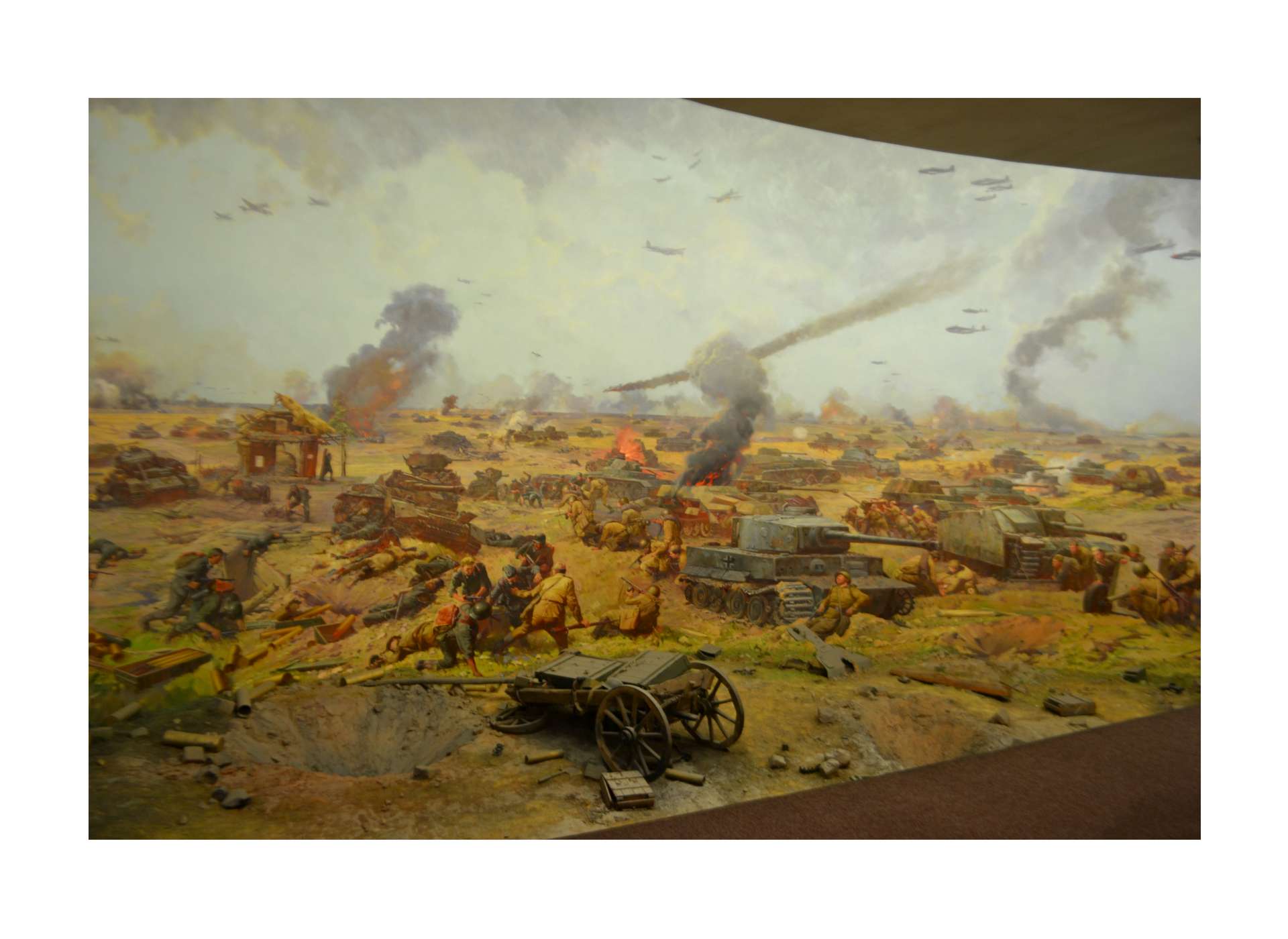
This is why I believe the diorama at the Great Patriotic War Museum in Moscow effectively presents the battle of Kursk to the public. There is no canvas big enough to showcase the entire battle, but visitors get a sense of a huge open battlefield filled with troops, tanks, planes, and fighting. A crater shell, shell casings, empty ammunition boxes, and a broken wagon invoke dimensions of danger and all-out effort for visitors. Smoke rises and curls into the sky from burning buildings and tanks as planes streak overhead as far as the eye can see to the horizon. Everywhere, soldiers struggle.
But the center of gravity to the picture, to me, is the figure in the foreground of a prone Soviet casualty, slumped against a German tank with destroyed treads, now rendered inoperable in the raging battle. Perhaps this soldier was responsible for the destruction of that enemy tank, one of thousands on the battlefield, in process sacrificing his life. There is no doubt that such scenarios occurred in the battle. When I stood in front of this exhibit, carefully looking at it, my attention came to rest on the image of that one soldier. The artistic image silently invoked in me the question I would have had if given the opportunity to view his real-life inspiration: “I wonder what his name was?”
The only way to truly begin to grasp the enormity of the battle of Kursk is when we begin to understand that each of those hundreds of thousands of casualties from the battle, and tens of millions just like him in all of World War II, was an individual.
Note: This is the fourth of several posts about the Great Patriotic War Museum in Moscow. Read Part One. Part Two. Part Three. Part Five. Part Six. Part Seven. Part Eight.
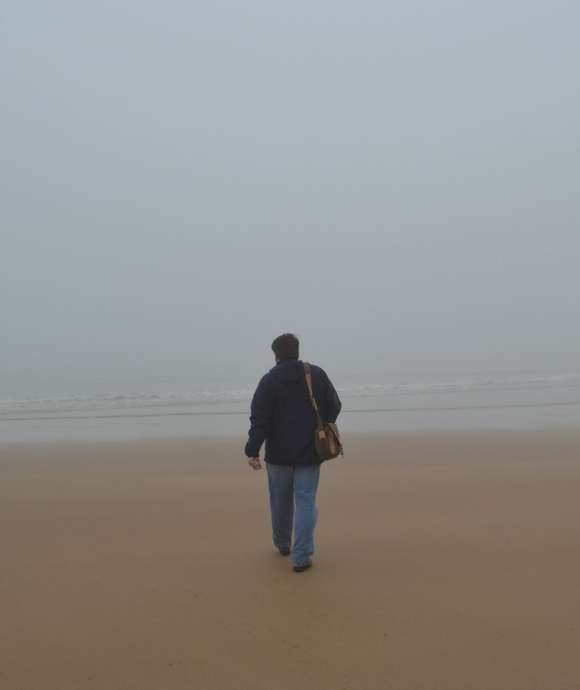
"No matter one’s age, travel is a unique and exciting educational experience. In my work, I have had the opportunity to reflect on history, events, and people in the places where they experienced life. Through the viewfinder, we can not only find history and perspective, but create memory, and evoke our evergreen past."
– Keith Huxen, PhD, Senior Director of Research and History, The National WWII Museum

Travel with The National WWII Museum
Explore the itineraries of our educational tours through WWII history.
Keith Huxen
Keith is the former Senior Director of Research and History in the Institute for the Study of War and Democracy at The National WWII Museum.
Cite this article:
MLA Citation:
APA Citation:
Chicago Style Citation:
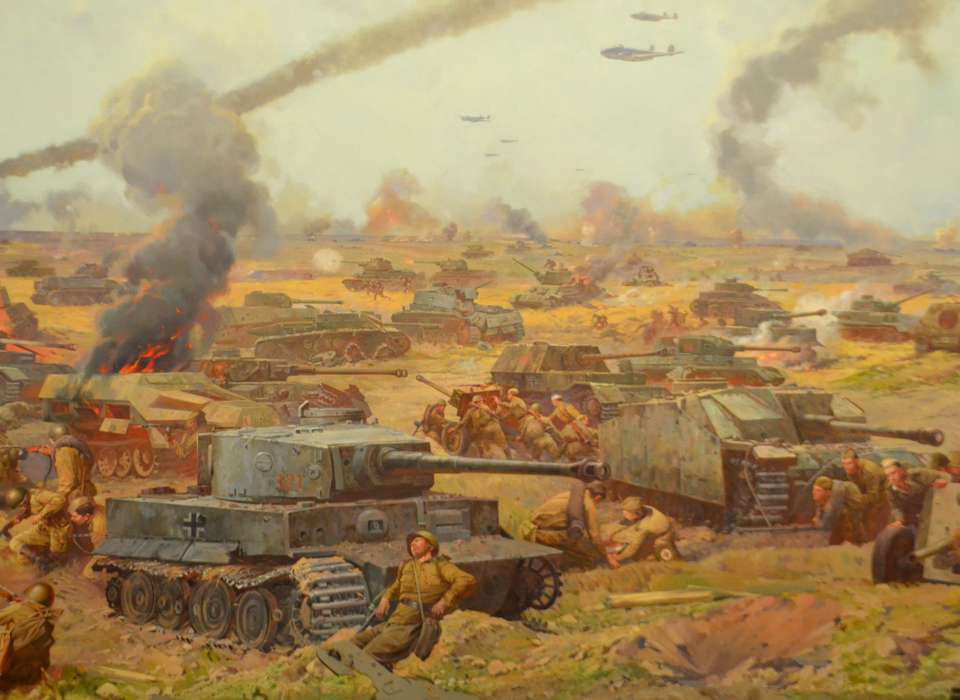

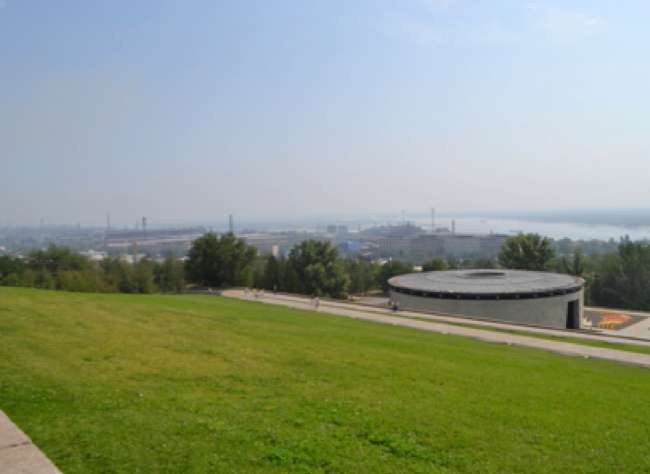
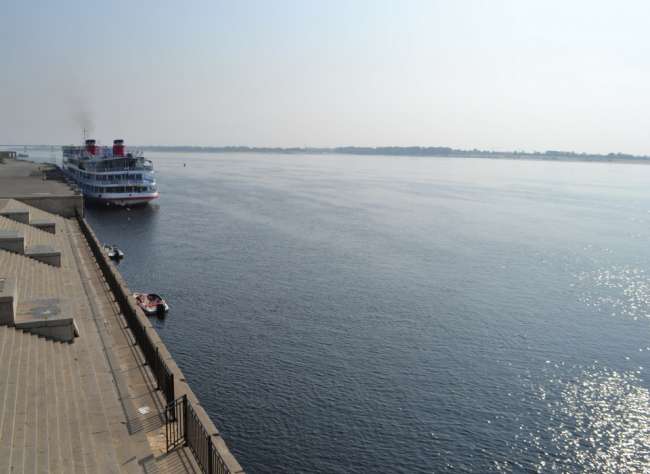
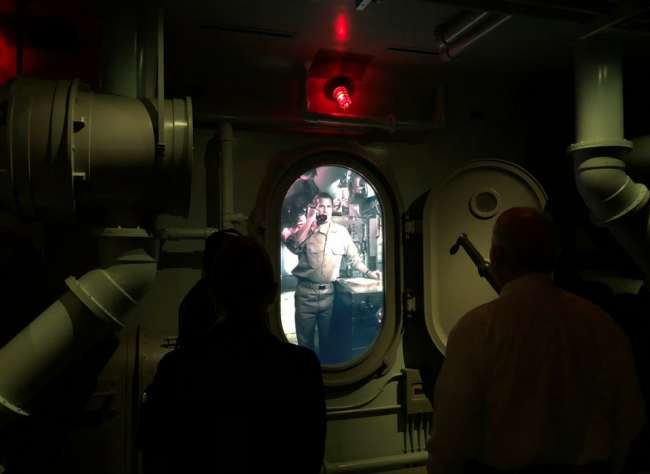



![Max Fuchs, New York City cantor, sings as Rabbi Sydney [sic] Lefkowitz, Richmond, VA, conducts the first Jewish services from Germany.](/sites/default/files/styles/max_650x650/public/2025-10/image1.jpg)



